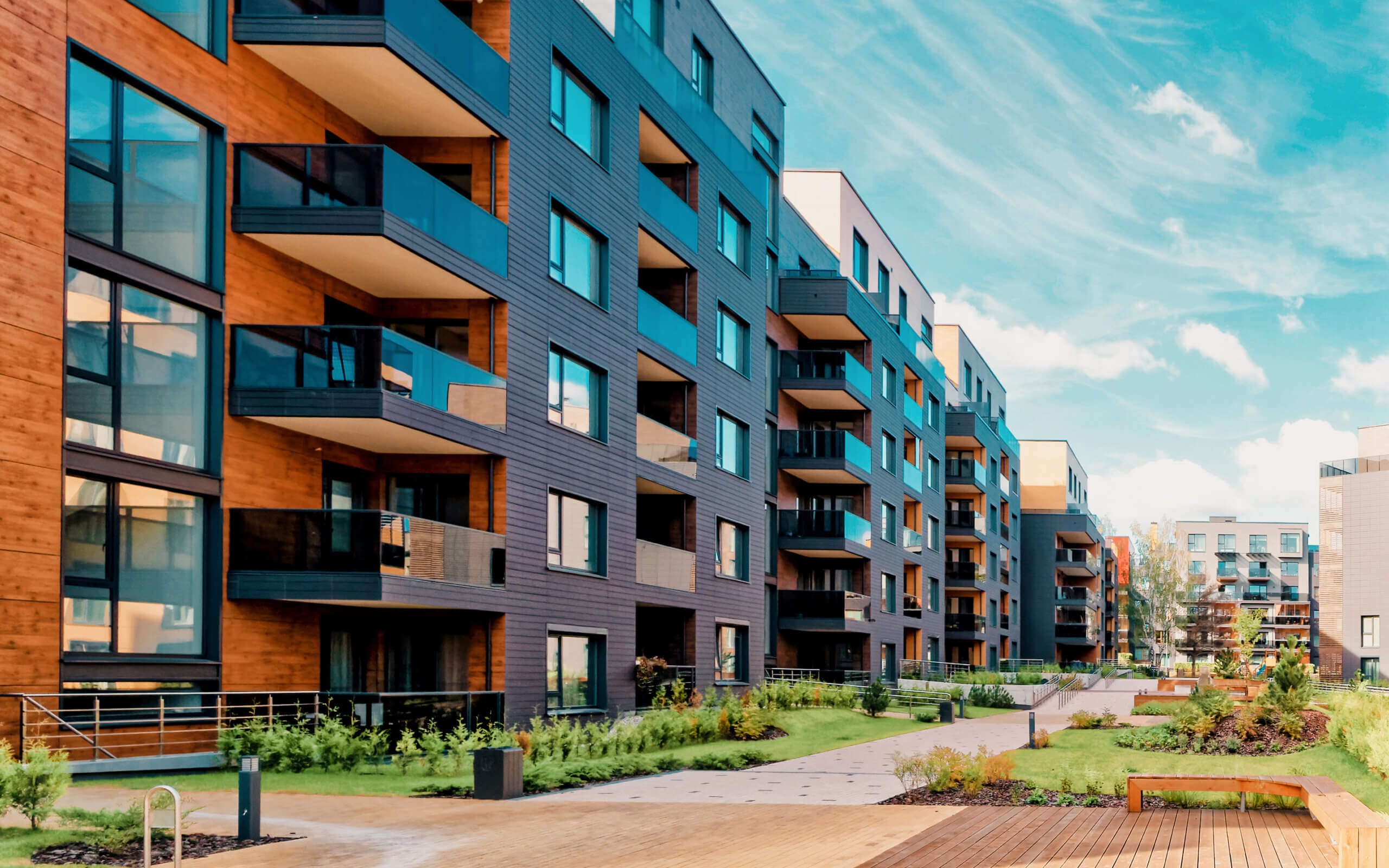The COVID-19 pandemic has suspended some of the processes associated with the purchase or rental of apartments.
The real estate market has slowed down considerably in recent weeks – fewer and fewer customers are deciding to buy or rent flats for fear of their health or unexpected obstacles to finalizing the contract, e.g. limiting the work of offices, courts, banks or housing associations. A survey of Metrohouse network agents a week after the official confirmation of the first COVID-19 case in Poland showed that the epidemic has stopped many potential transactions – 44% of respondents have already shown reduced demand, and 81% of respondents have pointed out that in the future housing demand will be clearly lower demand. Research of the GetHome.pl portal among representatives of 72 real estate offices also confirms this – over 70% of interviewed brokers noticed a clear drop in interest in the topic of buying an apartment or a house, and almost 40% of scheduled meetings with notaries do not take place within the prescribed period. Even if the situation calms down periodically, the economy will feel the pandemic hit very hard and it will take a long time for recovery and a return to relative balance.
However, the number of certified buildings that meet the restrictive standards of certification systems in the field of quality, health, safety and the environment is constantly being recorded. In the future, these will be one of the key factors determining the choice of housing estate. Interest in sustainable construction among clients and developers is still growing. This is due to, among others from the continuous increase in the restrictiveness of EU directives and national standards for low-carbon economy and positive fashion for ecology. As a result, in Poland, housing estates are increasingly being considered through the prism of their long life cycle and impact on future generations.
Skanska is an example of a housing company that is a pioneer of green certification in Poland. In its investments, it uses anti-smog technologies and photovoltaic panels. Photovoltaic panels will be installed on the roofs of the buildings of the next stages of the Holm House estate, and the estate’s lawns will be watered with rain water. Observing the global hydrological situation and climate change, we see the importance of even more sensible water and energy management. This is what the future of green construction in Poland will look like.
Choosing elements of street furniture that will have a positive impact on the environment, Skanska has chosen SEEDiA solar benches. The first Urban model has already stood on the Holm House estate. By combining modern functions and elements necessary in the urban grid, a bicycle rack and seats, the model perfectly complements the space for residents. Intelligent and ecological SEEDiA furniture is powered by renewable energy sources from photovoltaic panels, which reduce CO2 emissions to the environment, thus contributing to the development of sustainable construction.
Awareness of customers and developers about ecological solutions that have a positive impact on both the environment and the lives of residents is constantly growing. SEEDiA solutions contribute to a change in architecture that we have known so far. Thanks to the development of technology, we can build a Smart City that benefits in many areas of everyday life.




